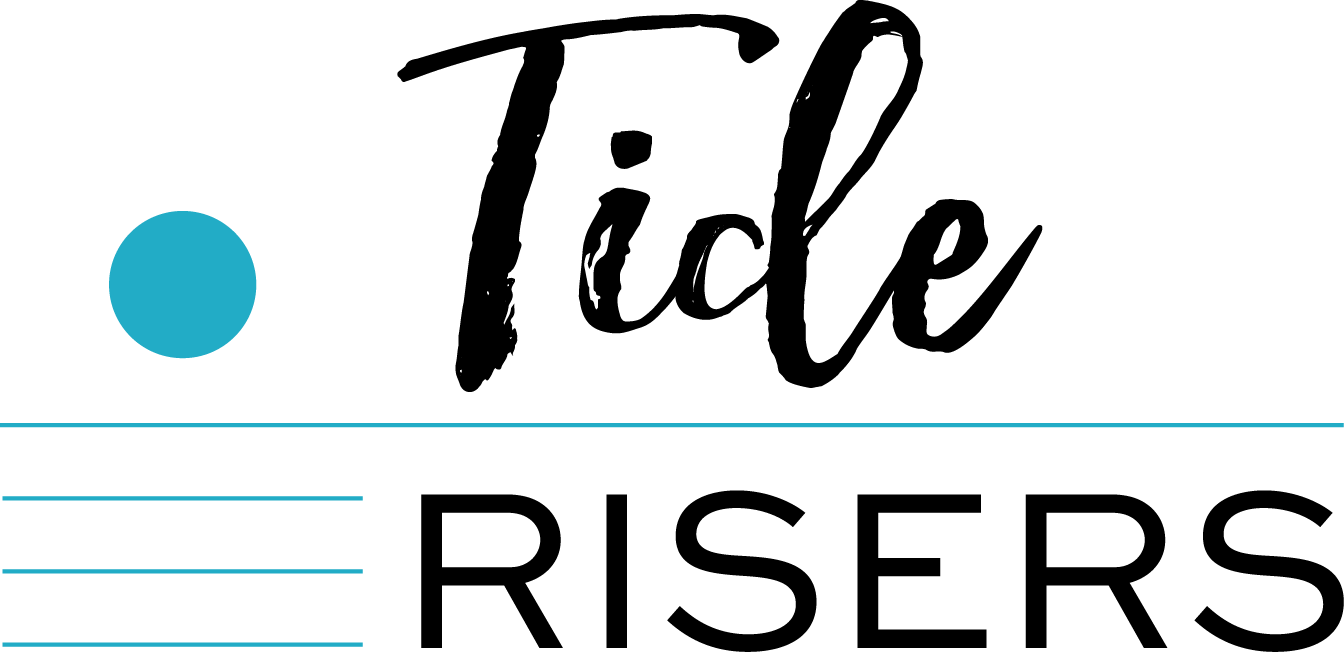Using Your Body for Better Public Speaking
So here’s what happens to me sometimes: I get up in front of an audience thinking I’m feeling all cool and confident, and as I’m talking I start speeding up. And forgetting to breathe. And suddenly I’m going on and on and feel like I’ve lost my audience, I’m out of breath, and my voice gets raspy and loses its power. Sound familiar?
I bet it does. Given my experience and what I've heard from Tide Risers members, I was especially excited to offer a skill-building session last week that focused on public speaking from the point of view of anatomy and movement. Called Kinesiology and Oratory, it was designed and led by Hilary Clark, renowned health and wellness coach, award-winning contemporary dancer, and founder of Citrine Pilates and Wellness. Following is a recap and some takeaways for those of you who weren’t able to be there.
Hilary started the session by asking each participant to talk about struggles they have with public speaking. It wasn’t hard for me to come up with my public speaking issues, or to identify when they happen: it’s when I don’t feel prepared. But that’s not all there is to it. I have asthma, which is complicated by scoliosis that impacts my lungs. Losing control of my breathing is something I’ve learned over time to counteract, but it still creeps up on me at unexpected times when I’m talking to a group.
Others at the skill-building session shared their own experiences with public speaking — positive and negative. Anxiety relating to public speaking surfaced rather quickly, in a variety of forms: fear of how the audience perceives us; concerns about not being heard; and frustration with our ability to express our true meaning.
Hilary walked us through a series of movement and breathing exercises that helped us connect our breath to our abdominal strength. The result was an ability to integrate breathing and core support into our speaking practices. The transformation in our voices after one 90-minute session was pretty phenomenal. You could actually hear the difference in tonality. Each of us were able to project across the room much more effectively and confidently.
Here are a few of my key takeaways from the session:
- Our bodies act as resonators for our voices. That means our bodies need to be employed to work with us to give us the support we need for speaking through breath, core strength, and full-body integration.
- You can convince yourself to be calm and powerful and reduce your anxiety when you are able to successfully connect into your body.
- Always take the pause you need. Your audience will almost never perceive it to be as long as you perceive it to be.
- Recognize the judges that you yourself put in the room. Give yourself the opportunity to see your audience as your community, not as your critic. You have the power to design a vision for the room you are speaking in. Design it with a community of supporters in your audience.
- We must be prepared with our script, but we also must be prepared with intentionality. This means you really need to get into the motivation and essence of your speech — why is it important for you to delivery this message right now? What is the truth you need to share with this audience? You really need to convey that you believe what you’re saying, and invite your audience to believe it too.
As we consider who we are as leaders in the field of social innovation, we must give ourselves the tools to effectively project who we are and what we’re about. When I was a dancer (a million years ago) I used to remind myself that I was only as good as my performance. The reality is, that truth applies to every field. It’s not enough to care about something and work your heart out for it. You need to develop the ability to engage others in it, so your investment enjoys the ripple effect of coalition… a rising tide, if you will.


